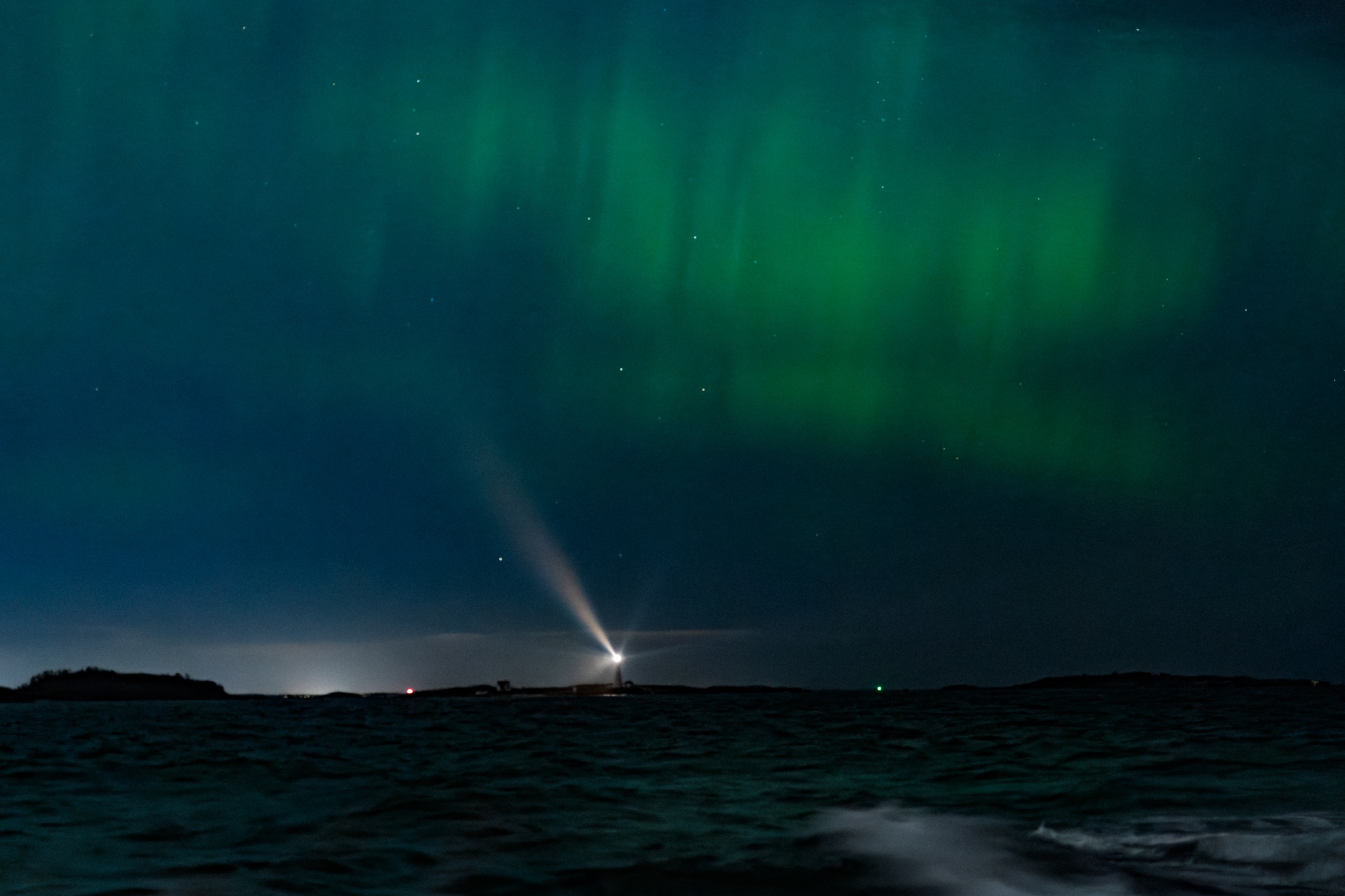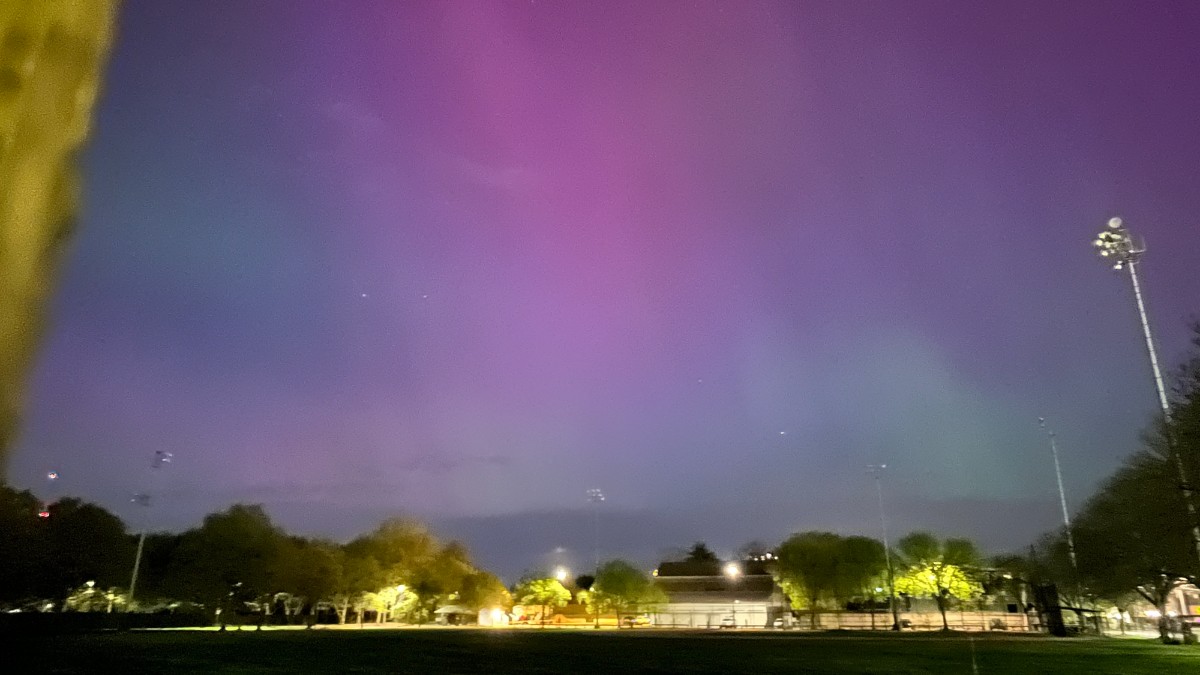Friday night will likely hold strong with the best northern lights viewing of the weekend, but there is still an opportunity for seeing them in Massachusetts and other parts of New England Sunday night.
It won't dip as far south or bring quite the same vibrancy as Friday, which registered as a Kp 9 — the highest level of the geomagnetic storm scale. But more charged particles at a Kp 6 will give the northern tier of the country another round for viewing.

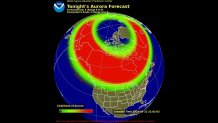
Get Boston local news, weather forecasts, lifestyle and entertainment stories to your inbox. Sign up for NBC Boston’s newsletters.
For New England, the biggest hurdle will be the scattered clouds Sunday evening that will obstruct the viewing in spots. Skies will be clear by morning, but it is questionable whether the light show will continue through then.
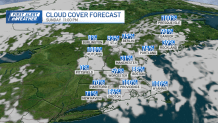
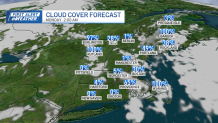
Look toward the north as far away from light noise as possible.
What causes the northern lights' colors?
These charged particles emitted from the sun take 15 hours to reach Earth and enter through the poles. As they enter the atmosphere, they interact with oxygen (pinks and greens) and nitrogen (purples and blues) and produce excited and ionized gases that illuminate a specific color based on the gas and how strong the solar storm is.

